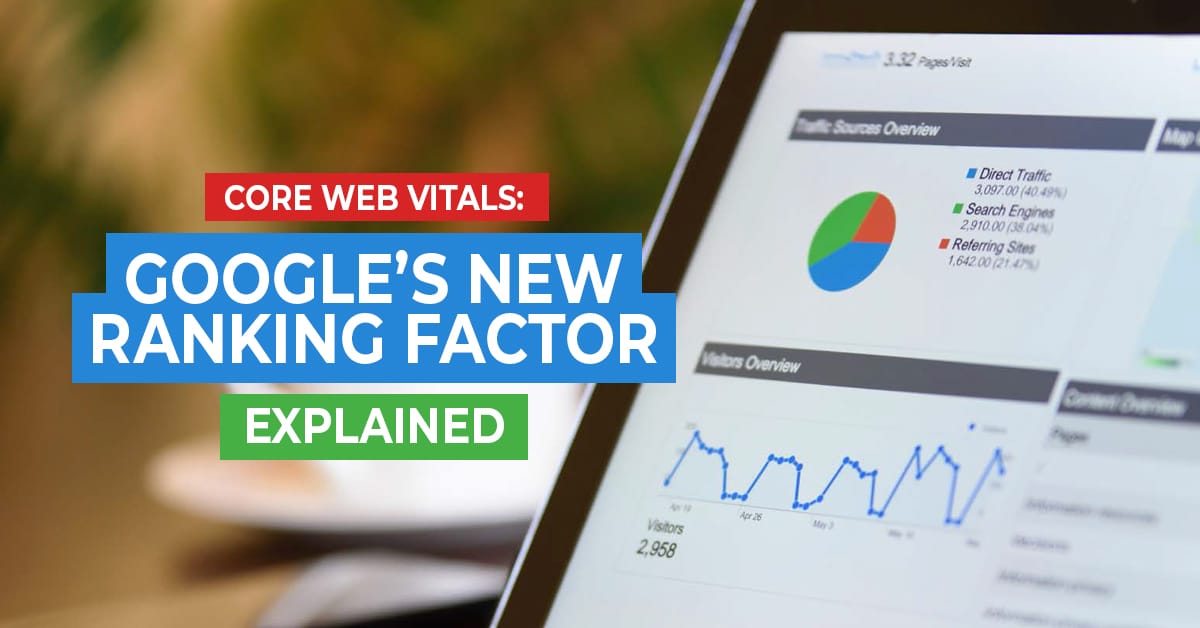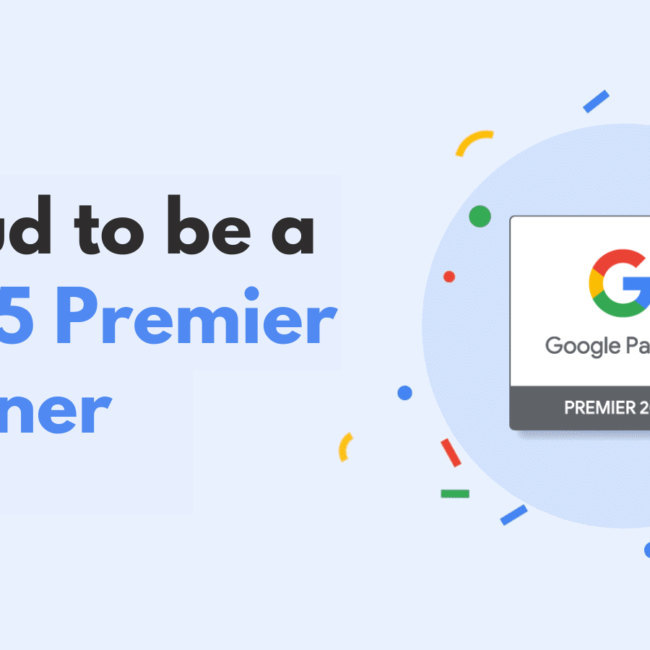
Core Web Vitals: Google’s New Ranking Factor, Explained
Web page speed has now become a more important factor for SEO.
On May 28, 2020, Google introduced Core Web Vitals. Starting in mid-June, it will become an important part of Google’s ranking signals.
Core Web Vitals are the user experience needs that all websites should strive to meet. It will give website owners the opportunity to boost their rankings, but only for those who can get it right.
What are Core Web Vitals & Why are they Important?
Core Web Vitals are a specific set of factors that Google considers essential in a webpage’s overall user experience. With this update, Google’s aim is to provide clear guidance on the quality signals that are essential to providing a great user experience on the web.
Statistics show that about 50% of online users will leave a website with a lagging performance. Your web page performance matters, because a fast page generates more leads, more sales, and a lot more advertising revenue. The very purpose of owning a website is to turn its visitors into prospects!
Every website now has its own Core Web Vitals score which measures the following three metrics:
- Largest contentful paint
- First input delay
- Cumulative layout shift
Be sure not to overlook other web vitals such as mobile friendliness, HTTPS Security, safe browsing and interstitial guidelines as they too play an important role in optimizing the user experience on your site.
Another important factor to note is that if you have a great user experience score, it won’t mean you’ll automatically reach number one on Google. Page experience is one of approximately 200 factors that Google uses to rank sites in search.
Let’s explore the definitions of the three metrics, where you can measure them, and how your Core Web Vitals score will affect your SEO.
What is Largest Contentful Paint?
Largest contentful paint (LCP) is a Core Web Vitals metric that measures the time it takes for the majority of a web page’s content to load from the time the link is clicked. The ideal LCP measurement is less than or equal to 2.5 seconds. Poor values are anything greater than 4 seconds.
This is measured by the largest image or block of context within the user viewport. Anything that goes beyond the screen does not count.
An example of elements measured are images, video poster images, background images and block-level text.
What is First Input Delay?

Scrolling or zooming do not count as interactions because there is no response expected from the site itself. The main goal for first input delay is to measure how responsive a site is while its loading.
Characteristics of first input delay that are important to know:
- FID is a field metric.
- Data collected via FID can vary significantly depending on various factors, such as network conditions and the capabilities of a device.
- The FID data cannot be accurately reproduced in a controlled lab setting, as it is based on real-world interactions.
What is Cumulative Layout Shift?

Elements measured by CLS could be buttons, contact forms, images, videos, fonts, or other types of content. Minimizing cumulative layout shift is important because pages that shift around can cause a poor user experience.
A poor CLS score often indicates a coding issue that can be solved.
How to Measure Core Web Vitals
Google has incorporated Core Web Vitals measurement capabilities into many of its existing tools.
Core Web Vitals can be measured using:
Will your Core Web Vitals Score affect your SEO?
Yes. While Google has indicated that content is the most important factor in SEO ranking, a better user experience will still help generate a higher ranking.
LCP, together with Cumulative Layout Shift and First Input Delay, will be used as a minor ranking factor in mobile search.
“Optimizing for these factors makes the web more delightful for users across all web browsers and surfaces, and helps sites evolve towards user expectations on mobile,” according to the initial announcement about the change made by Google in May 2020. Improved user experience and usability across the entire infrastructure of Google Search on the web is good long-term for all marketers and developers.
If Google is evaluating two web pages that both have great content, the one that offers a better user experience and has a better Core Web Vitals score, will rank higher. Get in touch with an SEO consultant to find out more about our SEO (Search Engine Optimization) services.
Google Core Web Vitals: A Summary of the facts:
- CWV will officially be launched in mid-June
- COVID-19 delayed the launch of Core Web Vitals
- Core Web Vitals consists of three metrics
- Core Web Vitals will continue to be updated and evolved
- Core Web Vitals has a minor effect on your SEO
- Core Web Vitals will improve user experience across the web
- Google has a complete CWV assessment toolkit
Conclusion
Core Web Vitals will have a significant impact on the search engine results pages, and shouldn’t be ignored. An August 2020 report found that less than 15% of websites met the new page user experience criteria. Google has given site owners plenty time to update their sites and in doing so, hopefully this number has improved.
While you will not be penalized for not meeting the new page user experience criteria, you will also not be rewarded. A ranking boost may be earned by those who can pass the Core Web Vitals assessment.
In competitive markets, you need to do everything possible to protect your search engine results pages position, which means you will need to take this update seriously.







Nick Armstrong
Great article and very informative – Thank-You! 😊